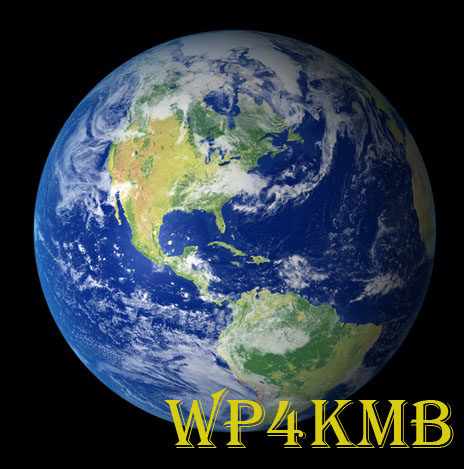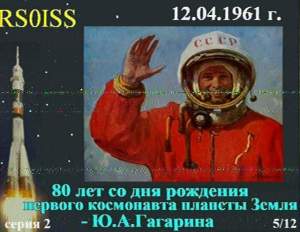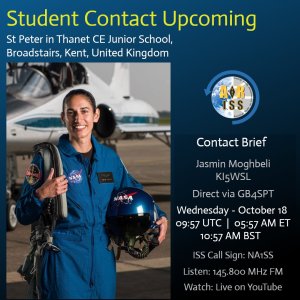ISS SSTV Verification Test – Oct 27-Nov 1
ISS SSTV Verification Test – Oct 27-Nov 1
The SSTV system in the Service Module will be activated to attempt to verify a replacement piece of hardware during the period of Oct 27 until Nov 01.
The system will be off around the required period of no transmissions during the planned EVA on Oct 31. Images will be transmitted on 145.800 MHz and in the typical PD120 format.
There are 2 windows for testing, separated by an EVA:
Fri Oct 27 at 12:15 GMT – Sun Oct 29 at 18:50 GMT
Tue Oct 31 at 10:05 GMT – Wed Nov 01 at 18:10 GMT
Your images can be posted to the Gallery at https://www.spaceflightsoftware.com/ARISS_SSTV/index.php
Since this is a test of replacement components of the system, there still may be unexpected outages or issues.
The signal should be receivable on a handheld with a 1/4 wave whip. If your rig has selectable FM filters try the wider filter for 25 kHz channel spacing.
You can get predictions for the ISS pass times at https://www.amsat.org/track/
ARISS SSTV Blog https://ariss-sstv.blogspot.com/
Useful SSTV info and links https://amsat-uk.org/beginners/iss-sstv/
Powered by WPeMatico
Editor
AMSAT-UK





